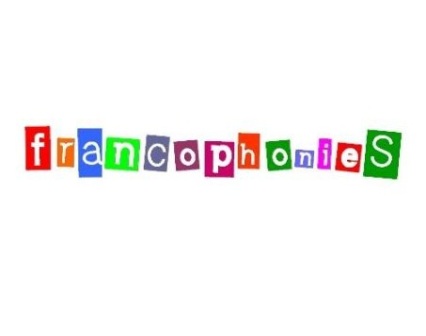Jorge Semprún : la verità della letteratura
Parole chiave:
Semprun – écriture – BuchenwaldAbstract
This article analyses Jorge Semprun’s L’écriture ou la vie, referring to the limits and the possibilities of telling the concentration camp. Among the author’s books on Buchenwald, this text represents the first real testimony assumed on his name, while the previous ones were defined as “novels” presenting an alter-ego of the writer. However, L’écriture ou la vie develops the main reflection on the relationship between fiction and truth in Semprun’s writings about the concentration camp: according to the author, literature is the only possibility to approach this painful subject and to make this experience understandable to people. Through fiction it is possible to convey the essential truth and to arise people’s empathy; but part of scholars on Shoah asks for ethic limits on the right to representation: only authorised fictions, coming from real survivors, are still perceived as possible, until “the last witness” is alive, as Semprun calls him/her. The writer however points out the importance of literary fictions even coming from authors who weren’t involved in deportation, but respecting the historical limits: History cannot be re-written neither changed. The essay analyses Semprun’s literary techniques in L’écriture ou la vie, to reveal the part of necessary fiction (“l’artifice qu’il faut”), which makes his writing an indispensable interpretation of 20th century and both an oeuvre d’art.


